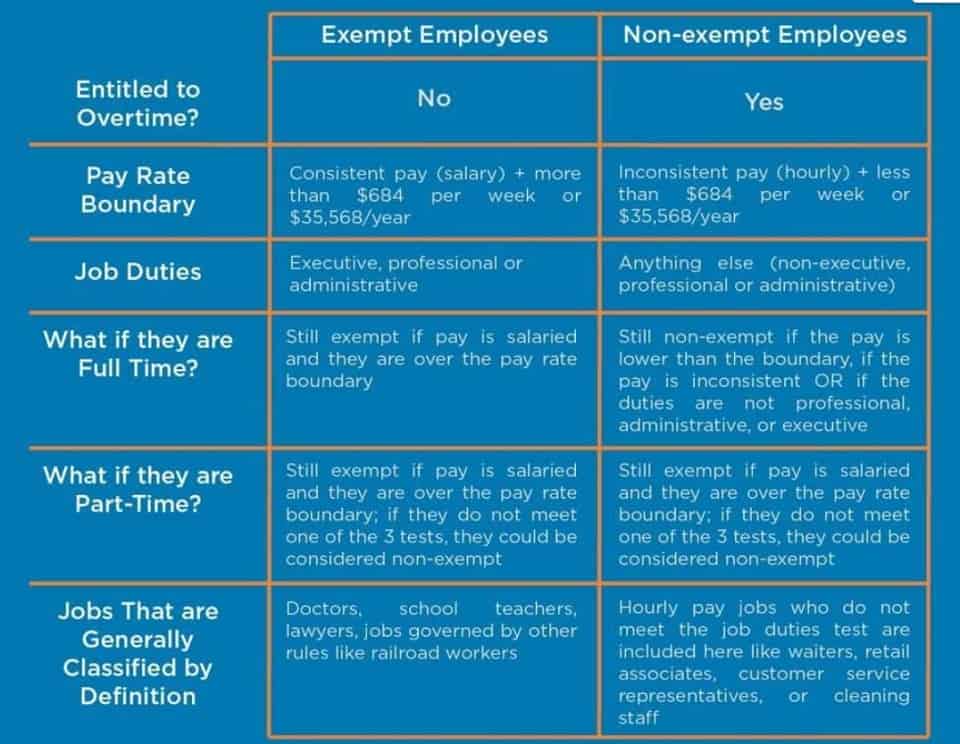
If you’re looking to calculate retained earnings for the month of April, you’ll need the balance sheet ending on March 31. Understand how distributing profits to shareholders affects the overall retained earnings on a balance sheet. Retained earnings, also known as retained profit, are reported on the balance sheet under the shareholder’s equity section at the end of each accounting period. Stripe simplifies cash flow management, making it much easier to track everything that goes into your retained earnings calculation.
- If it ups its earnings by $14,000 and hands out $22,000 in dividends, its new retained earnings will be $95,000.
- While the calculation might seem complex at first, by breaking it down into steps and understanding the various components, it becomes a manageable task.
- Let’s dive into the process of setting up the income statement in Excel, where we’ll calculate the company’s revenues and expenses to determine the net income.
- Companies may pay out either cash or stock dividends, and in the case of cash dividends they result in an outflow of cash and are paid on a per-share basis.
- Your bookkeeper or accountant may also be able to create monthly retained earnings statements for you.
- From misinterpreting financial statements to overlooking crucial details, discover common mistakes and learn how to sidestep them.
What Is the Difference Between Retained Earnings and Net Income?

Shareholders, analysts and potential investors use the statement to assess double declining balance depreciation method a company’s profitability and dividend payout potential. Retained earnings, at their core, are the portion of a company’s net income that remains after all dividends and distributions to shareholders are paid out. If an investor is looking at December’s financial reporting, they’re only seeing December’s net income. But retained earnings provides a longer view of how your business has earned, saved, and invested since day one.

Retained earnings retention ratio formula
Revenue sits at the top of the income statement and is often referred to as the top-line number when describing how to calculate retained earnings a company’s financial performance. If the company paid dividends to shareholders during the period, subtract the total amount of dividends paid. This represents the portion of the net income that was distributed to shareholders rather than retained in the business. Incorporate visual elements, such as charts and graphs, to supplement the numerical data presented in the financial statements.
The Financial Modeling Certification

Retained earnings are the cumulative profit or accumulated deficit of a company after paying all direct and indirect expenses, income taxes and stock dividend payments. This technique provides a reliable backstop when traditional data sources fall short and helps validate the equity section holistically. Retained earnings are affected by an increase or decrease in the net income and amount of dividends paid to the stockholders. Thus, any item that leads to an increase or decrease in the net income would impact the retained earnings balance. Since cash dividends result in an outflow of cash, the cash account on the asset side of the balance sheet will get reduced by $100,000. This outflow of cash would also lead to a reduction in the retained earnings of the company as dividends are paid out of retained earnings.
- Navigate challenging conversations and build trust through transparent and informative dialogue.
- Consider, for example, a growing software startup that has reinvested profits to scale its platform.
- High retained earnings with minimal dividends suggest a focus on reinvestment.
- That means, the ending retained earnings on the balance sheet at the year’s end is going to be $65,000.
- Let’s look at the actual mechanics of the most common retained earnings journal entries.
- Now that you’ve learned how to calculate retained earnings, accuracy is key.
Various growth opportunities available to a company can impact retained earnings as well. Undiscussed opportunities, like mergers, acquisitions, or entering new markets, generally require substantial financial resources. Consequently, a company should maintain a healthy balance of retained earnings to capitalize on these opportunities.

A positive retained earnings represent that the business has retained a good amount of profits, signaling toward https://www.bookstime.com/ healthy business standing. A negative retained earnings, in contrast, may show that it has accumulated losses over a time period, leading to a big sign of worry. In simple words, it is a financial statement that gives a comprehensive snapshot of the financial position of a company over a specific time period.

